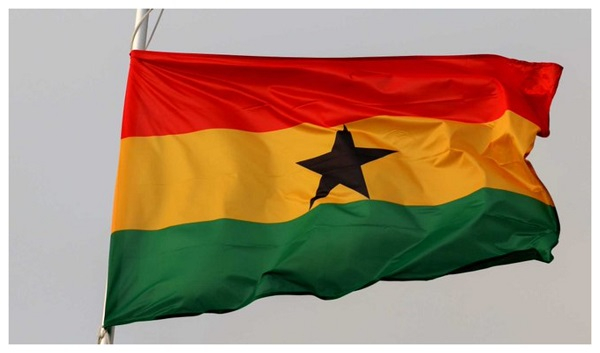According to a report on Friday by Bloomberg, analysts said momentum has shifted from long-dated bonds.
“Analysts led by Andreas Kolbe remain overweight Nigerian hard-currency bonds, but note the yield curve has lagged the steepening momentum seen in other emerging markets, where short-dated bonds have rallied more than longer maturities,” the report reads.
This, Kolbe said, allows for Nigerian shorter-dated securities to play catch-up, suggesting that clients switch out of the “bonds maturing 2049 into 2033 paper”.
He said the between the 2033 and 2049 issues has dropped by about 25 basis points year-to-date.
The analyst said this means it “screens as too flat relative to the front-end,” compared with high-yield emerging-market debt curves.
“We hence think value has shifted away from the long end and into the 8- to 10-year belly of the curve,” Kolbe said.
Given Nigeria’s steep curve, he said the trade should also profit from attractive roll-down — a technique that capitalises on rising bond prices as they approach maturity.
According to Bloomberg, the bond, due in January 2049, is trading with a yield of about 10.8 percent, while the September 2033 issue offers 10.4 percent.
“Yields on both bonds have slid more than 100 basis points since early-April as easing trade war tensions lifted emerging-market assets,” the publication said.
The Bloomberg report said Nigeria’s average yield premium over treasuries currently stands at 571 basis points — down by about 350 basis points since May 2023 when President Bola Tinubu took office.
In August 2024, the federal government offered its first-ever to interested investors.
The next month, Wale Edun, minister of finance and coordinating minister of the economy, said over $900 million from the bond issuance.












